Before visiting Japan, I imagined it to be some sort of vegan heaven. I had read about Okinawa, with its mostly vegan diet, regarded as one of the global “Blue Zones” of health. I’d assumed that, given Japan’s large Buddhist population, the meat-free options would be plentiful and easy to access and it would be a breeze to be a vegan in Japan.
But alas, as with many things, my reality did not meet my expectations when it came to the veg-friendliness of Japan. Meat was much more present than I had hoped and expected, and avoiding it turned out to be a challenge in patience, communication, and pre-planning.
However, the variety, freshness and taste of their cuisine was exactly what I had been hoping for, if not better, which made all the effort well worth it. Japanese cuisine utilizes many ingredients that I had seldom or never tried–many combinations that I hadn’t thought of but will now be adding to my own culinary repertoire. There are just a few things I wish I had known before the trip that would have made being a vegan in Japan a whole lot easier.
Take these tips and tricks to mind to make your vegan journey to Japan as smooth as possible:
- Watch out for fish. It’s in everything–and especially foods that would otherwise seem vegetarian. Many vegetable dishes are cooked in fish stock or served with fish paste or topped with bonito (fish) flakes. However, many are modifiable if you simply ask.
- On that note, learn the Japanese translation for “vegetarian” and “vegan” (bejitarian, kanzen’na), but also “no fish, eggs, milk, meat.” Lots of people I encountered in Japan thought that fish and meat byproducts were acceptable components of a vegan or vegetarian diet, so–just to be safe–make sure to specify what you don’t eat rather than what you do.
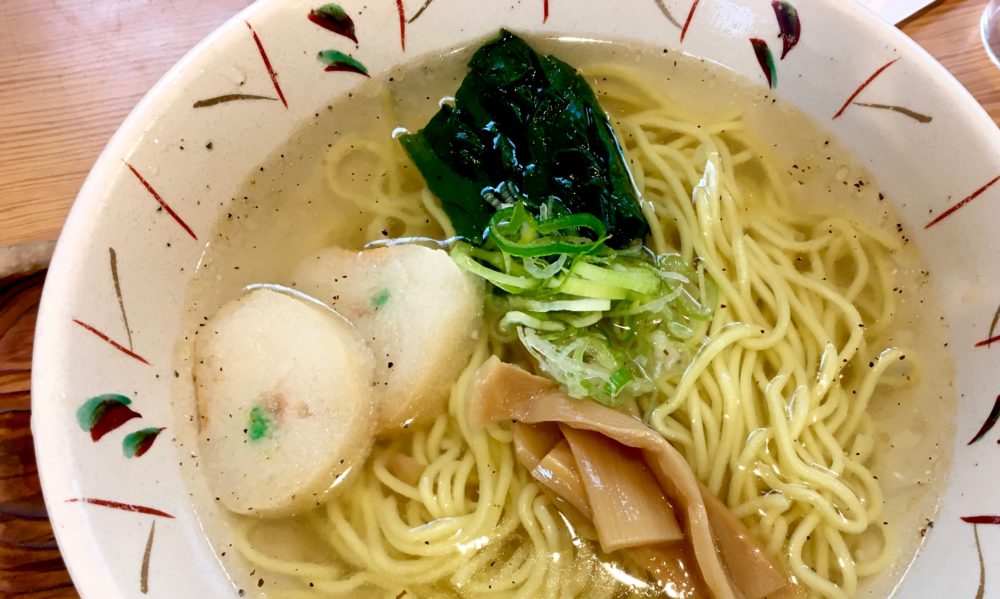
- Broth is not typically your friend. You may think the “vegetable ramen” is meat-free, but the broth will usually include some sort of animal product for flavor (usually pork or beef). Sometimes you can swap out the broth for a simple miso base, but be prepared with a backup option. If it’s ramen you’re after, your best bet is to visit a shop that serves the soup specifically animal product-free. Otherwise, opt for some udon or soba noodles in veg broth. It’s not quite the same, but probably your next best and most similar option.
- Speaking of, hit up a vending machine restaurant where you can custom-order your own meal. These places offer lots of options and alterations (but often in all Japanese, so it helps if you have a means of translation), and they are really cheap at about 300-400 yen for a massive serving. The dishes are usually some sort of udon or soba bowl which you can add different toppings to (think fried tofu, tempura vegetables, or fresh veg like okra and radish).
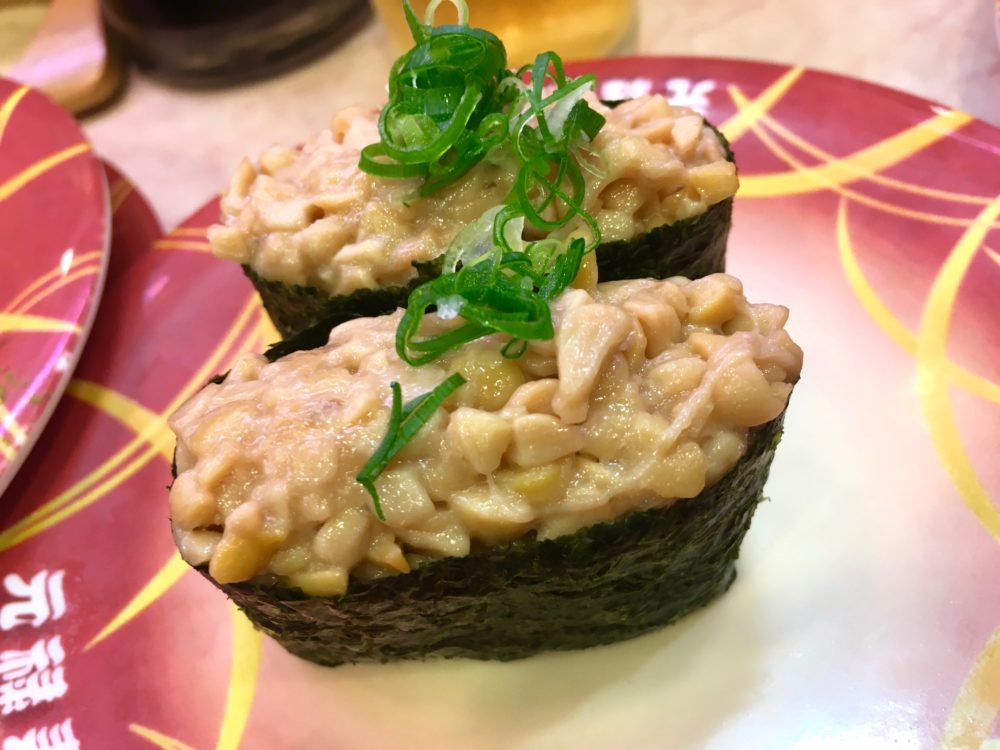
- Grab some hand rolls from your local street vendor or convenient store. Just about everywhere, from the market to the 7/11 to the hole in the wall café down the street offer some sort of veggie sushi roll or onigiri. They are cheap, portable, and delicious, with fillings such as umeboshi (pickled plum), seaweed, pickled greens, or natto (fermented soybeans). Inari (rice-filled tofu skin) is also a great (and slightly higher protein) pick.
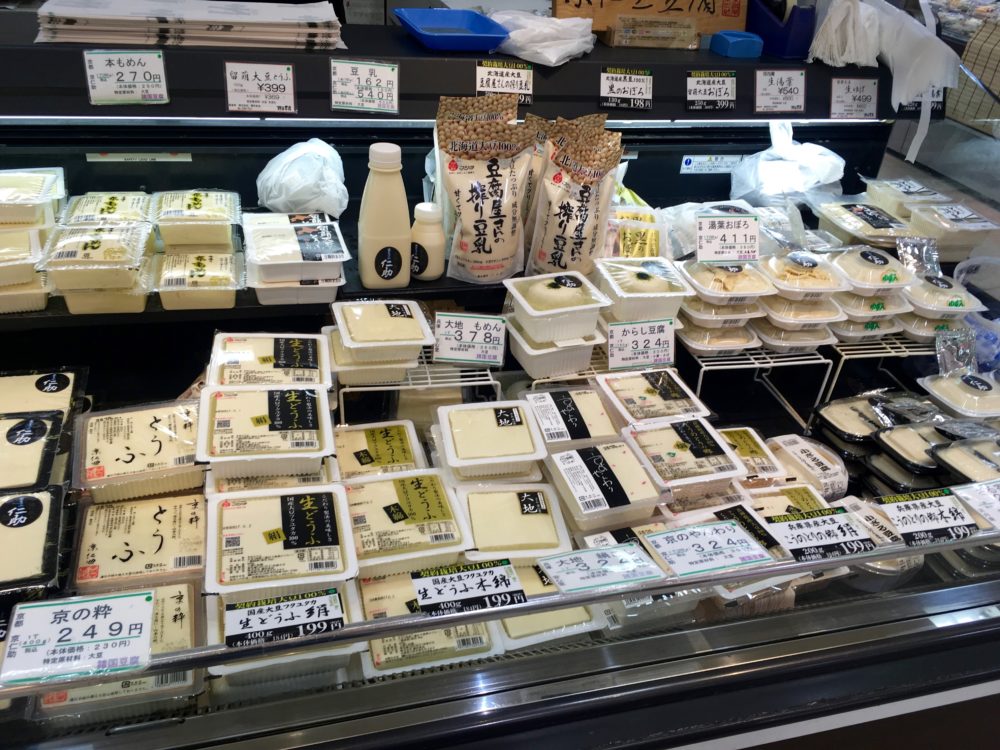
- Try tofu in all of it’s variations. Inari, as previously mentioned, is readily available, but there’s much more where that came from. Kouya dofu, or freeze-dried tofu, is a Japanese specialty that you may have accidentally tried at home if you’ve frozen and thawed a slab of soy. It is one of my favorites for its spongy texture and ability to soak up flavor. Yuba, or soy milk skin, is also a unique dish that’s offered at some restaurants. While in Japan, I also ate tofu fried, chilled, cubed, and steamed, and even as pudding. Meeting your protein needs is easy with this much variety.
- Non-dairy alternatives are often available. Because dairy is not a very prominent part of the Japanese diet (but soy is), non-dairy alternatives are often available. Lots of cafes and shops offer soy milk and sometimes ice cream.

- Shop the convenient stores. In Japan, corner stores have way more than just a few energy bars and some iffy hot food. Almost all I visited offered full meals like bento boxes, salads, and noodle bowls in addition to sushi, soup, tofu, rice, packaged veggie dishes, smoothies, alcohol, and more. I especially loved the Lawson’s 100, where all food items were 100 yen (about $1) or sometimes even less. In a pinch, it was a great place to snag a cheap yet substantial meal.
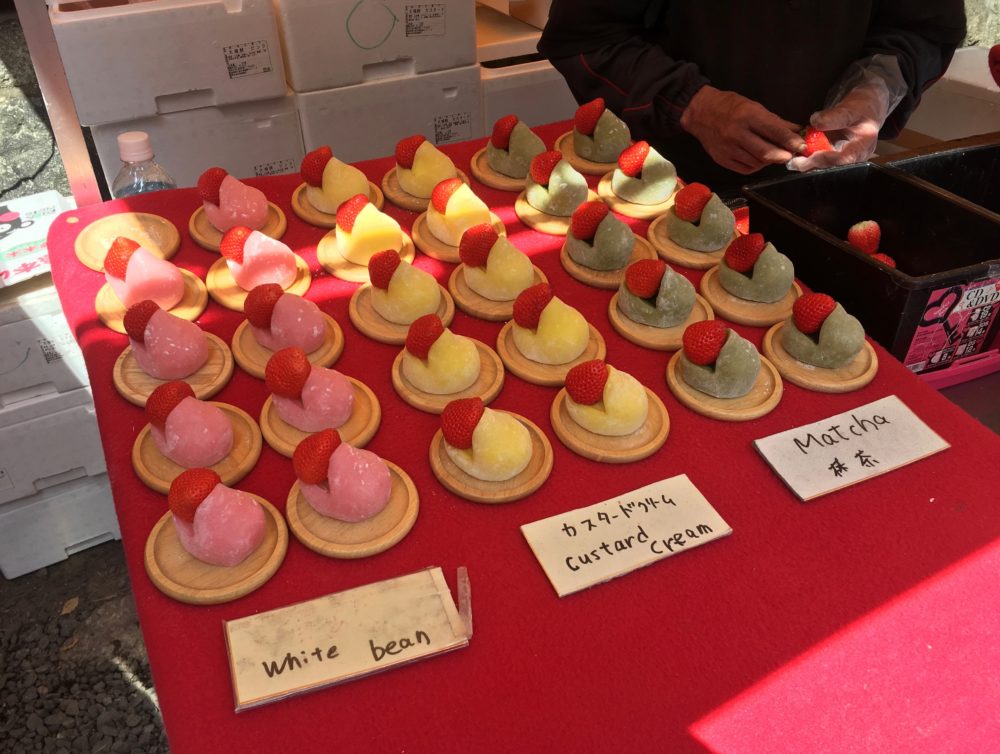
- Mochi is the best naturally vegan dessert you can get–and it’s everywhere. Mochi is a sweet made from pounded glutinous rice, usually filled with some sort of filling like red bean, matcha paste or sweet soy sauce. You can also find other types that vary by shape, filling or texture but should also be vegan.
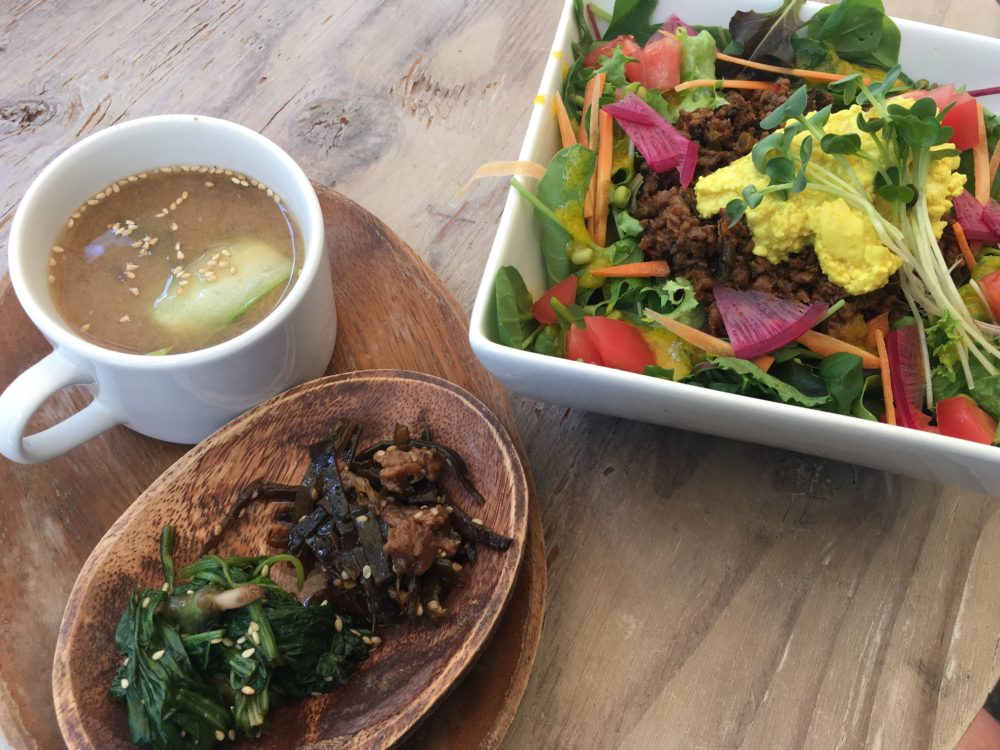
- Take advantage of Happy Cow or other vegan-eating applications. They will guide you towards the closest vegan eats, based on proximity. The app also provides heads-up about whether a restaurant has an English menu or English-speaking staff and if it offers Wi-Fi (handy for using that translation app).
Have you been to Japan as a vegan or vegetarian? How was it for you and what did you wish you knew before you went?
Also by Quincy: Japanese Soba Noodles With Kabocha Squash & Natto
Related: From France to Japan, 9 Mouthwatering Vegan Dishes Around the World
Self-Love: How I Let Go of Body Shame in Japan
Get more like this–sign up for our newsletter for exclusive inspirational content!
__
Photo: Quincy Malesovas




